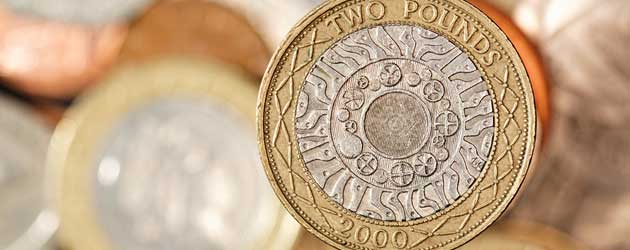
For only the second time in 9-months the Pound to New Zealand Dollar exchange rate breached significant psychological resistance yesterday, posting a fresh 9-month high of 2.0056.
The ‘Kiwi’ Dollar was severely impacted by the Federal Reserve’s hawkish forward guidance during Ben Bernanke’s speech on Wednesday evening. He Fed Chairman announced that the US Central Bank is happy with the current pace of economic growth in the world’s largest economy and plans to begin tapering its $85 billion a month quantitative easing scheme later in the year, with an eye to closing the programme down completely by the middle of 2014.
The Fed revelation sent stocks, shares, equities, bonds and commodities tumbling: every single company on the US Dow Jones Industrial Average declined; the UK FTSE 100 index struck its lowest level since January; Gold sunk by -$85 to a fresh 2-year low; crude oil slipped by just under -3%; and UK 10-year yields hit a 15-month high.
With less cheap electronically printed money pumping into the global economy over the next twelve months investors sought to protect themselves from potential crises of confidence and as such anything considered ‘high-risk’ received a severe battering.
The pronounced risk aversion flows were also influenced by a worryingly soft Chinese Factory Output print of 48.3 in June, which raised more concerns over the efficacy of the global economy. The HSBC Chinese Manufacturing PMI sunk to a 9-month low as industrial production cooled and fixed asset investment remained weak. With Chinese data continuing to print the wrong side of economists’ predictions, the threat of Chinese GDP missing its 7.5% target this year became more of a reality.
Because of the close trade ties between New Zealand and China, the surprisingly soft PMI report was seen as especially detrimental to the New Zealand Dollar.
In addition to developments in China and the US, the ‘Kiwi’ was damaged from within as investors shunned the Antipodean currency in response to a decline in domestic Gross Domestic Product. New Zealand GDP decelerated from 1.5% in the final three months of 2012 to just 0.3% in the first quarter of 2013, missing analysts’ forecasts of 0.5%.
In response to the dreadful set of economic news the New Zealand Dollar sunk by a tremendous 5.3 cents against the Pound. Sterling was also supported by a stronger-than-expected UK Retail Sales print of 2.1%. The Office for National Statistics reported that British consumer spending picked up extensively in May, smashing economists’ predictions of just 0.5%, as supermarket discounts drove food sales higher and the warmer weather boosted clothing sales. The strong print bodes well for another robust quarter of economic growth in Britain following the trio of potent PMI scores announced earlier in the second quarter.

Comments are closed.